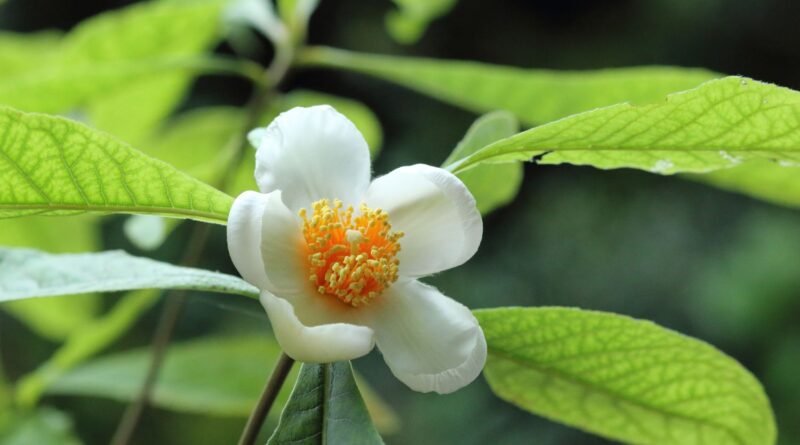Top 10 Extinct plants in India with pictures and Information
Due to human functions and natural disasters, many plants that once flourished on Earth have become extinct. And if something went out to extinct due to things beyond our dominance, others died for housing destruction and overweight of our natural resources. In recent centuries, large -scale deforestation and environmental destruction are responsible for the extinction of innumerable plant species. Here is a list of top 10 extinct plants in India, which have disappeared, which are in memory of the right balance between nature and human development, their extinction is a permanent loss of biodiversity.
Table of Contents
Top 10 Extinct Plants in India
1. Lepidodendron
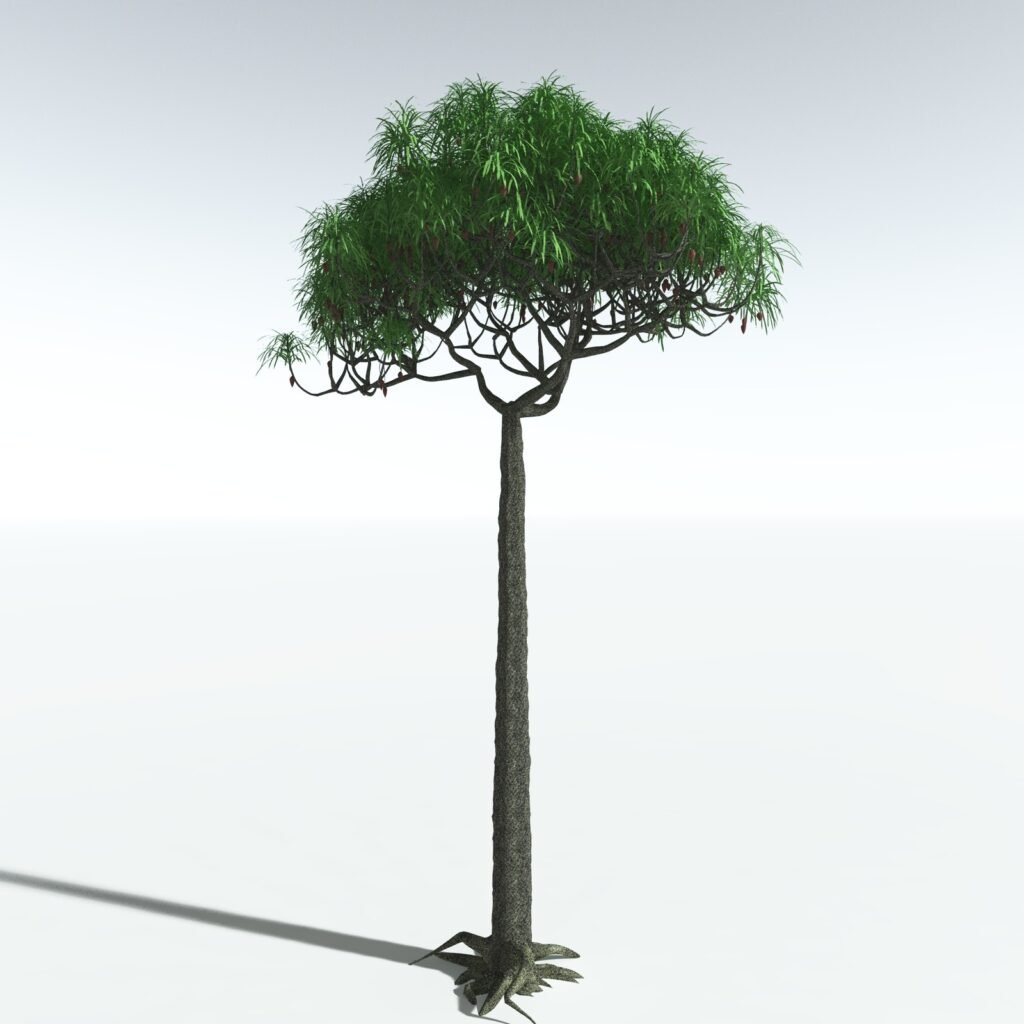
The scale tree (leopidodendron) once flourished into the coral forests. Its name comes from Greek Words Lepido Earth Scale and Dendron Earth Tree. This giant herb can reach heights up to 100 feet with conical branches. Unlike specific plants breed through seeds, leopidodendron did not produce seeds, but, it was reproduced through spores. It was a major component of the planet’s flora during the peliozoic period. But Leopidodendron Mesozoic turned extinct to the end of the era, so it became one of the top extinct plants in India that are missing from our planets.
2. Araucarioxylon arizonicum
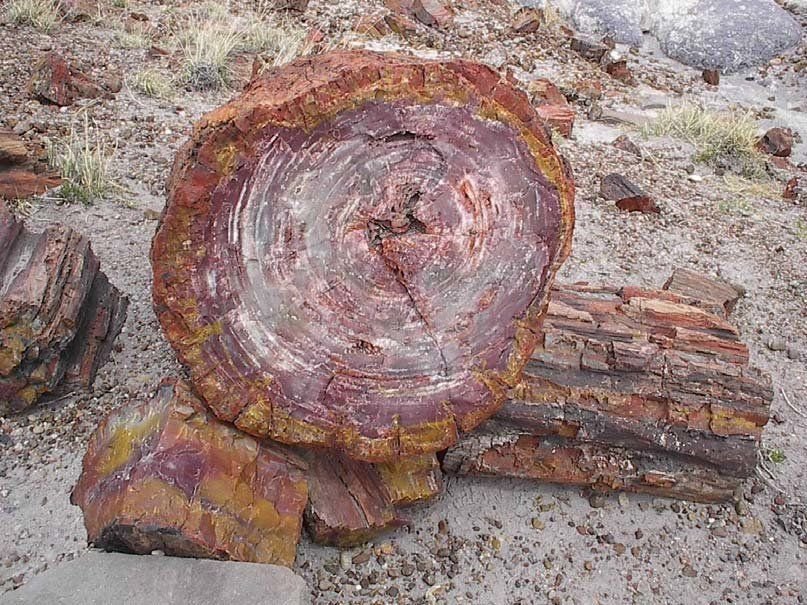
Petridified Forest National Park offers a window in an earth that is millions of years in the past, with a remnant of the Arrucrachelone arizonicum trees that roam around 200 to 250 million years ago. Some of these fossil trees have also been inscribed in ancient petroglyphs made by indigenous people thousands of years ago. Located in Northeast Arizona, this park is a proof of the ancient history of the planet. While some plants, such as the Norfolk island Pine, the distant cousins of the Arukaria Genus, remain, most are lost. Similarly, we also saw the extinction of many species in India, including the top 10 extinct plants in India.
3. Polygala irregularis
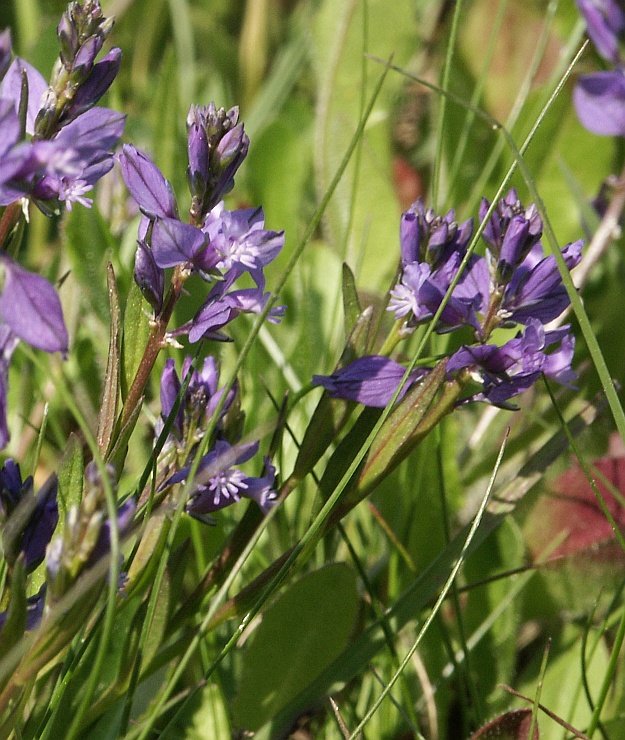
It is an herb found in Gujarat, it is both annual as well as perennial species. It flowers from July to August, growing at elevations of about 1,000 meters. Grows gorgeous blooms in hues of blue, off-white, pink and white The plant displays beautiful flowers in shades of blue, off-white, pink, and white. Its natural habitat has been rapidly destroyed due to urbanization and agricultural expansion, threatening its decline. The milkwort has now become one of the Top 10 extinct plants in India amid the threat of human activities on biodiversity. Its disappearance is a sobering reminder of how much we can stand to lose without conservation efforts.
4. Araucaria mirabilis

In 1919, Botanist Anselmo Windhoson discovered a petridized cone collected by local farmers in Petagonia, Argentina. Their investigation discovered the Sero Cudrado Petridified forest, which is 160 million years old for the upper-to-mid-middle-period period. This ancient forest was destroyed by volcanic lava flow, turning trees into stone. Major species were Arucaria Mirabilis, which left the petrified cone behind. The trees, reaching 330 feet with some 11 feet diameter, were similar to the modern Araucaria mirabilis found in Australia. This species is reminiscent of the top extinct plants in India which was once completed.
5. Helena Olive
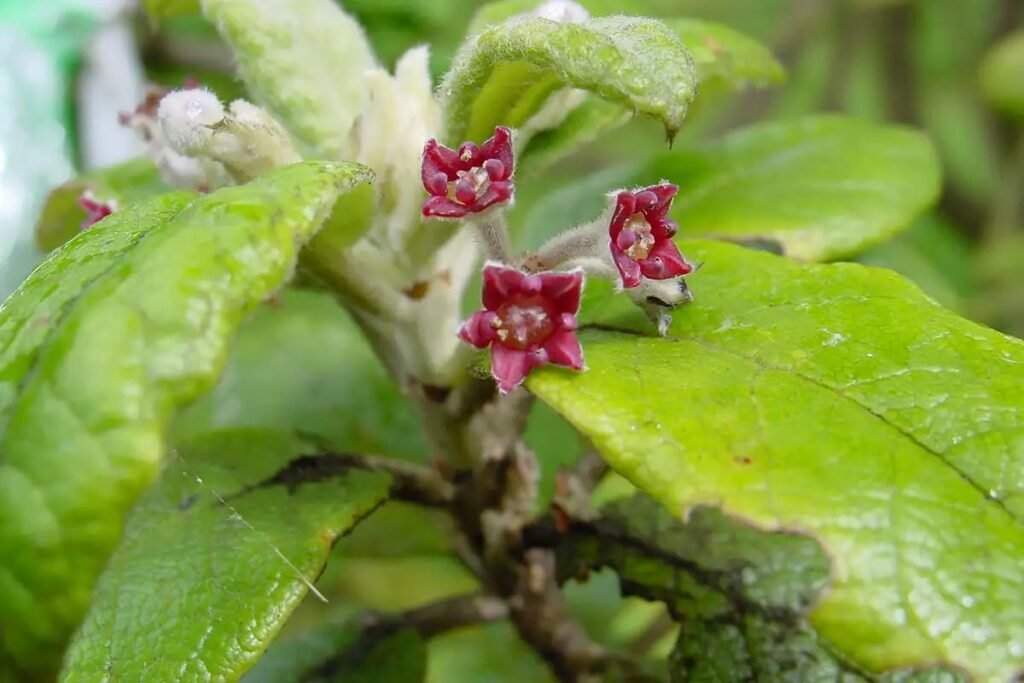
The flowering Saint Helena Olive belonged to the genus Nesiota in the Rhamnaceae family and was extinct in the wild by 1994. While native to a small volcanic island in the South Atlantic Ocean, the plant had stout branches and delicate pink flowers. However, despite its olive-tree likeness, it was not related to the true olive species, Olea europaea. The last cultivated Saint Helena Olive died in 2003 from a fungus. Human behaviour — deforestation caused by agriculture, fuel and construction — to a degree killed off an individual species unique to that part of the world. It is also a lesson about the Top 10 extinct plants in India & their sustainable conservation.
6. Calamites
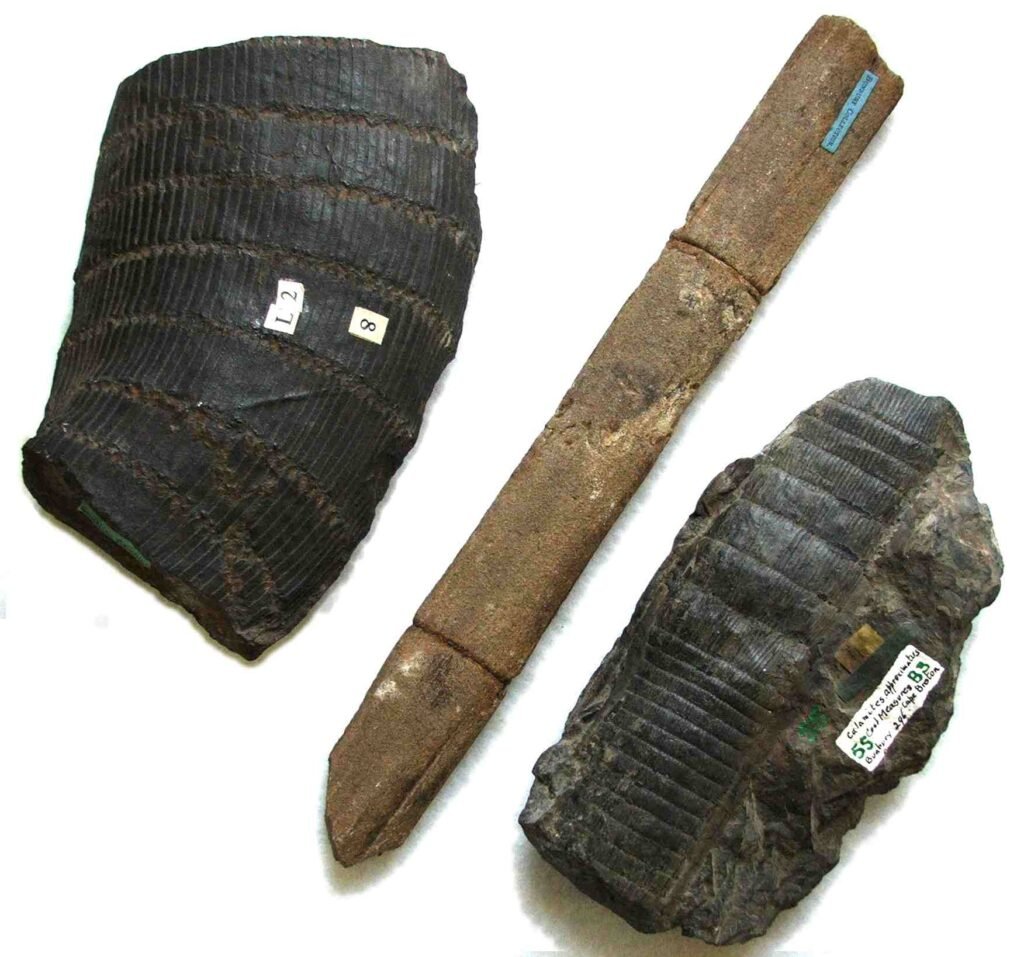
Calamites were massive, ancient plants that flourished in the Carboniferous Period. Closer to today’s horsetails, they also grew in thick clusters, growing up to 160 feet (50 meters) tall. These bamboo-like flora had ribbed, hollow structures that made them easy to fossilize. Despite the extinction of Calamites in the Permian Era, their trace fossils remain on numerous continents. The rhizome networks and ribbed stalks can offer insights about life and ecosystems of the distant past. The archetypes of these plants are an important part of the research on plant evolution which you can read more about in extinct plants found in India.
7. Archaefructus
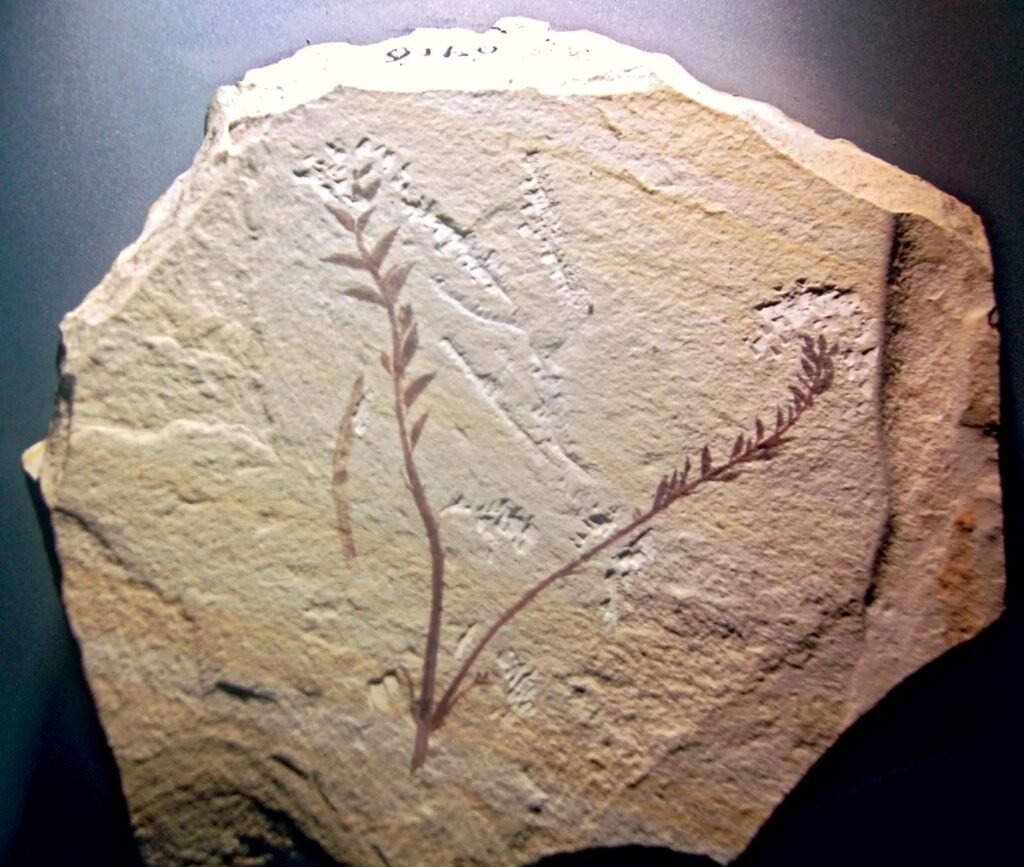
Among them, Archaefructus— considered one of the most ancient flowering plants— emerge as early as the Cretaceous period. These plants mainly existed in northern China. Unlike modern flowering plants, Archaefructus had no sepals or petals. Rather, their reproductive organs were place right on the stem of the plant. These plants are now extinct, despite their ancient origins. The very ongoing threat of such unique species was a testament to the vulnerability of plant life throughout time. Archaefructus which is among the Top extinct plants in India is a unique glimpse into the early evolution of the plant kingdom, and showcase its eventual extinction.
8. Lotus corniculatus
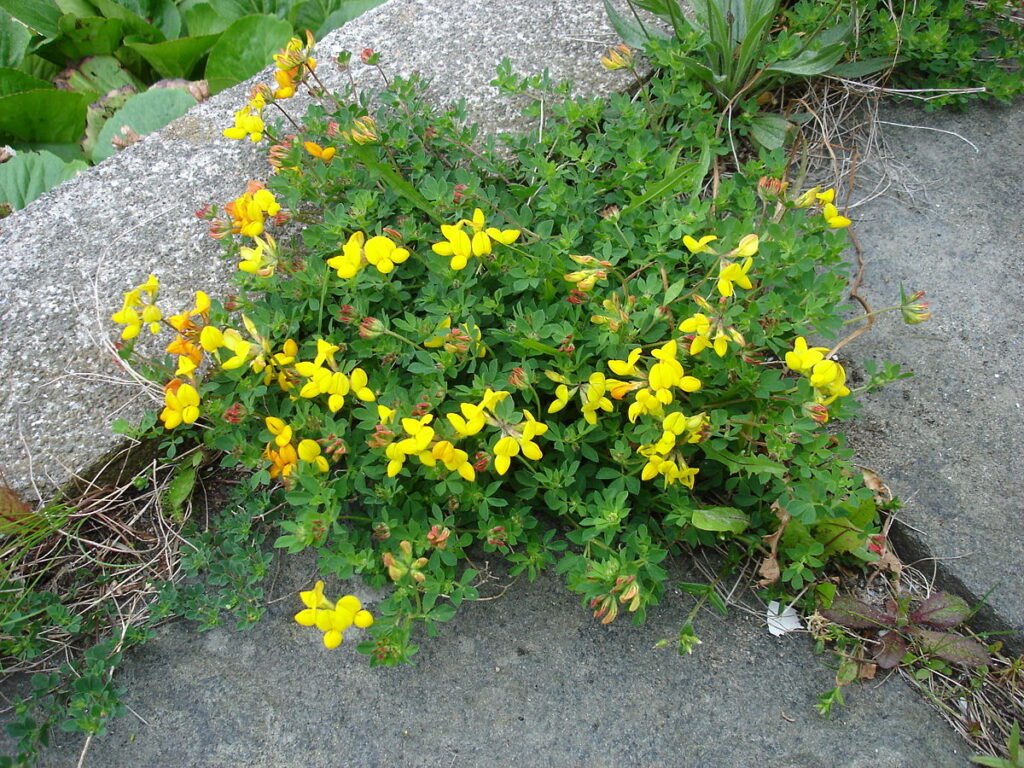
This member of the pea family has small, highly yellow flowers that cluster around the tip of the prime stem in a circular formation, allowing it to be spotted from far as it grows near the roadside (Gujarat). It is a forage plant cultivated in agriculture for pasture, hay, and silage. This herbaceous plant has a clover-like growth! Called “bird’s foot” for the shape of its seed pods, it used to be abundant in the region. Sadly, this plant is now extinct, which makes it a member of the list of Top 10 extinct plants of India.
9. Cooksonia

A genus of early vascular (specialized tissues to transport water, nutrients, and sap) plants. The fossils of Cooksonia were discovered in the 1970s on a mountainside near Moneygall by student scientist John Feehan. These plants were some of the first land plants, and represent a major step in the evolution of plants. Cooksonia was widely abundant once upon a time, but is now an extinct species, like many others. Cooksonia is an example of one of the Top extinct plants in India, and reminds us of plants that played a part in forming early terrestrial bodies and were lost forever.
10. Rhynia
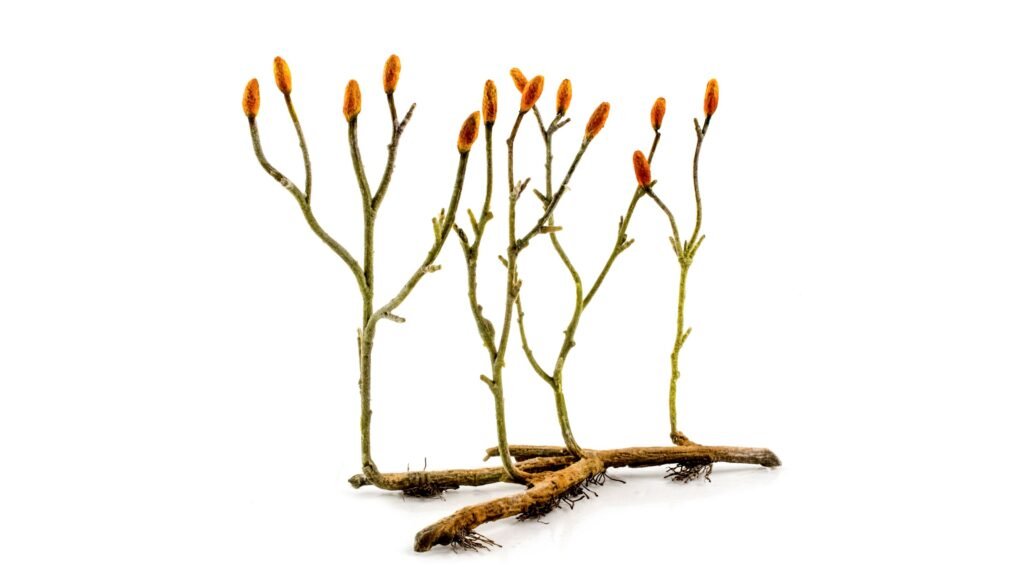
Renia was particularly an extraordinary discovery that shed new lights on plant growth and vascular plant growth – plants with special tissues for transport and which were born about 400 million years ago. This was the first effective land colonial and with its advanced physiological characteristics (unlike other contemporary plants), it was also a unique species. This was important for understanding the growth of the early vascular plant. Meaning “auxiliary” or “stream”, Renia lived near silica-rich hot springs and cohabited with other flora, which provides significant insight about the planet’s first vascular plant species. Out of India’s top 10 extinct plants, Renia is another key to unlocking the puzzle of the growth of ancient plant.
This reminds us how delicate our ecosystem is as we see that plants are not only extinct in India – but also globally. Human activities such as deforestation, pollution, or destruction of houses have killed many plant species. With the lost of so many species, it means that whatever is danger, and this disadvantage of biodiversity highlights the need for protection efforts to protect the remains. In termination of top 10 extinct plants in India, it is clear that conservation of our natural heritage is necessary for the future generations of residents. We should act responsibly to protect our environment and prevent more species from disappearing for good, helping nature to balance.
Importance of Preserving Endangered Plants
While the summit 10 extinct vegetation in India reminds us of irreversible damage, it is equally important for recognition on plants that are currently in danger. Endangered flowers are those who are facing a high threat to extinction due to the destruction of the residence, the exchange of weather, overgrowth and aggressive species. It is important to preserve these species, now it is not most effective for maintaining ecological stability, but also to maintain human lifestyle.
Many flowers provide medicinal, nutrition and monetary blessings that will be lost in the event they disappear. Increased botanical gardens, efforts to conserve seed banks and protected reserves, can help protect those prone species. Educating local communities in addition to the cost of flowers and durable useful resources plays an essential role. These days by defensive endangered flora, we will save you from becoming a member of the list of extinct species inside luck, ensuring that biodiversity thrives for generations to return.
Read Next
14 Positive Energy Indoor Plants for Living Room
Top 10 Low Maintenance Indoor Plants in India for Busy Homes

